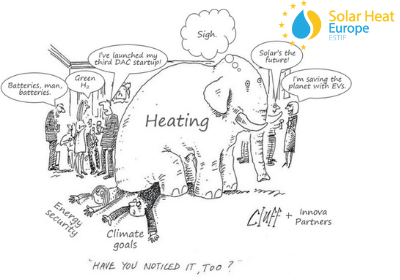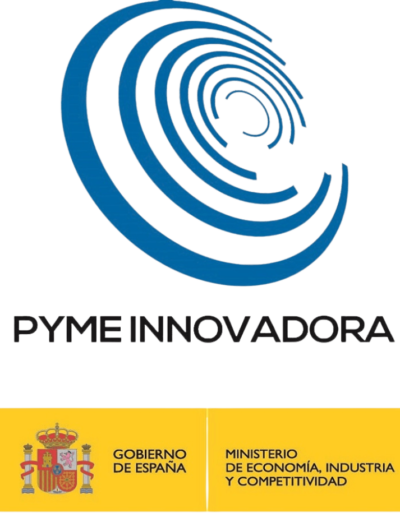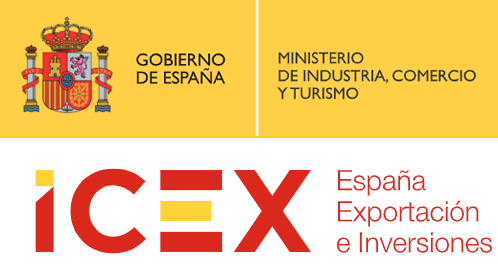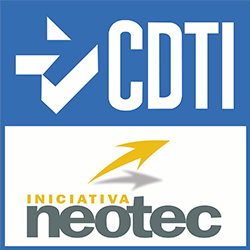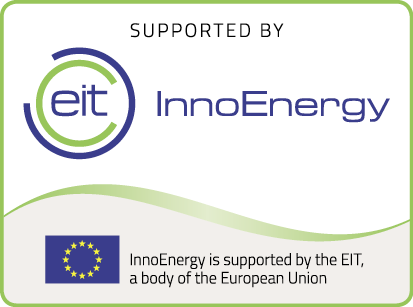7 Tips To Save Energy
In the EU, the main use of energy by households is for heating their homes (64.1% of final energy consumption in the residential sector). Electricity used for lighting and most electrical appliances represents 14.4% (this excludes the use of electricity for powering the main heating, cooling or cooking systems), while the proportion used for water heating is slightly higher, representing 14.8%. In 2020, the average annual electricity consumption for a U.S. residential utility customer was 10,715 kilowatthours (kWh), an average of about 893 kWh per month.
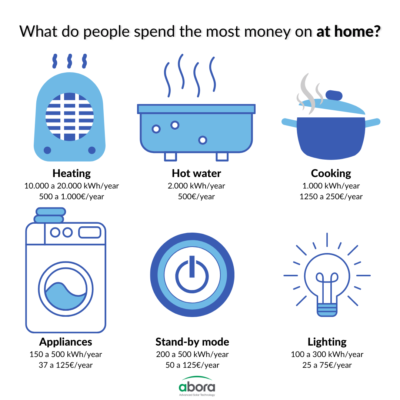
7 tips to save energy
-
Controlling your heating
It accounts for 70% of a household’s total electricity consumption, so it is important to be careful about wasting electricity. However, some simple measures can help: for example, by setting the living room thermostat to 20°C and the bedroom thermostat to 19°C, you can save around 7% electricity without compromising comfort. You can also lower the temperature at night and when you are not at home. And switch off the boiler in summer when you are away for long periods.
-
Saving on hot water
Hot water is the second largest point of energy consumption in a house, although it is far behind heating. They spend between aroung 600 and 700 dollars per year on heating water. When you use an electric water heater in the bathroom, you simply double your electricity consumption. The less hot water you use, the less you have to heat. Therefore, try to:
- Take short showers instead of baths.
- Use an economical shower head. With its maximum flow rate of 6 litres/minute (compared to 15 to 18 litres for a conventional shower head), you can save between 45 and 95 dollars per year.
- Install a thermostatic shower tap. The water temperature remains stable and you don’t have to fiddle with cold water, it is more comfortable and you use less water.
- Use a stopper when washing dishes by hand.
- Fix leaks as soon as possible. Sometimes it is a simple gasket that needs to be replaced. The operation is simple and the cost of the part negligible, while the savings can be enormous.
- Leave the sink mixer in the cold water position. When placed in the middle position, it calls for hot and cold water. But by the time the hot water arrives, you may have finished washing your hands.
-
Favouring category A and above equipment
Domestic electrical are the major source of energy consumption. On average, each household appliance consumes between 150 and 560 kWh/year. To save energy in your household appliances, we advise you to think carefully about your purchasing habits in order to choose the most suitable appliance. For example, there is no point in choosing a high-capacity washing machine for a couple who do their laundry once a week.
In addition, always check the energy label of the appliances in the shop to compare them. The energy label will tell you the energy class and the electricity consumption in kWh per year of the appliance. We recommend that you always choose appliances with an A rating or higher, as they consume the least energy. They may be more expensive to buy, but they are more cost-effective in the long run, as they can save between 20 and 60% on your bills.
This is a particularly good option when buying a fridge or freezer, as these two appliances are the only ones that run continuously.
-
Tracking hidden consumption
Leaving our devices in standby mode is energy consuming….. Not at all. Leaving these devices in standby mode consumes unnecessary power and sometimes the device consumes more power while in standby than when in use.
If you add them up, they easily add up to 25W for systems that are not in use. Over the course of the year, if we imagine an unnecessary consumption of 20 hours a day, we consume 180 kWh. That’s 50 dollars a year that is worthless and that we could easily keep in our pockets.
A European directive limits the standby consumption of the main appliances (television, computer, etc.). However, we often forget about the peripherals associated with these devices: decoder, modem, printer, hard disk, etc. All of these can be plugged into multiple sockets with switches. And we get used to switching everything off with a click when we are finished, or at least at night and when we are out.
-
Defrosting the fridge
To optimise the operation of your refrigerator, place it away from heat sources (oven, microwave, radiator…) or places that are too cold (cellar, garage…). Also make sure not to leave the door open for too long and to close it properly after each use to prevent loss of cold.
As soon as the frost layer reaches 3 mm, it is time to defrost. This prevents the appliance from distributing the cold correctly and forces it to consume more electricity, 30% more on average.
-
Have efficient lighting
They have evolved a lot. Gone are the bulbs that light up after five minutes or those that emit a yellowish light. Of all the models, LEDs and compact fluorescent bulbs are the most economical, lasting on average twelve times longer than a conventional incandescent bulb, while consuming five times less. To optimise lighting, look at the “lumen”, which corresponds to the luminous intensity of a bulb: the higher the figure, the more light it emits, irrespective of the number of watts. In any case, don’t forget to clean them regularly, they will shine brighter!
For example, to give 750 lumens (enough to light an average room with a ceiling lamp):
- Incandescent bulb needs 60W
- Energy-saving bulb consumes five times less energy (12W)
- LED requires almost ten times less energy (6.5 W)
By opting for the latter, the saving is $15/year for one bulb and the purchase is recouped in 1 year.
-
Opting for the ‘ECO’ programmes on your dishwasher and washing machine
Despite being longer than other programmes, ECO programmes in dishwashers and washing machines consume much less water and, above all, much less energy than other programmes. You can save up to 40% energy by using ECO programmes.
We also recommend that you wash your clothes at 30ºC, as experts say that there is no real difference between washing at 30, 40 or 60ºC, because bacteria are only killed at 90ºC.
Are there other ways to save energy?
Yes, and the other way is to switch to green energy. If we look at the list of energy saving tips we can see that the first energy source that costs us the most is heating, followed by water consumption and electricity. To solve this triple problem we have the solution for you: the hybrid solar panel!
In fact, the hybrid will allow you to save on your electricity bill, because its energy source comes from… the sun. It allows you to become independent of energy distributors and their prices.
The hybrid also allows you to heat your house, your swimming pool and provide you with hot water thanks to its thermal and photovoltaic system. Thanks to the hybrid solar panels with aHTech technology, you can switch to green energy and save on the three major black spots of your energy bill and therefore pay back your installation very quickly, with an average of 4 years is enough!
The best tip for saving energy is to install a hybrid solar panel.

Share this article on your social networks
Subscribe our Newsletter!
External news
Featured Post
Recent Posts
Related Posts…
Write us, we will answer you as soon as possible.
Responsible for the data: Abora energy S.L.
Purpose: Sending emails with news and offers.
Legitimation: Your expressed consent.
Recipient: Subscribers’ list in Mailchimp.
Rights: Access, rectification, elimination, anonymity, portability and forgetting data.





